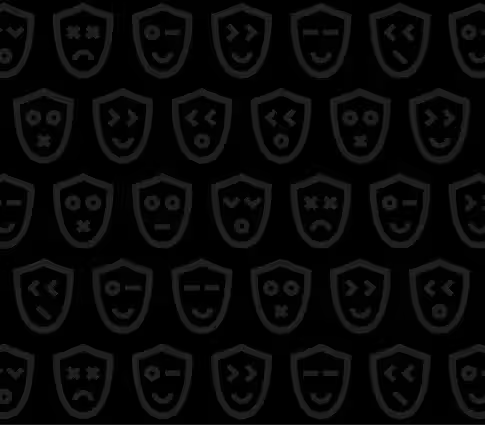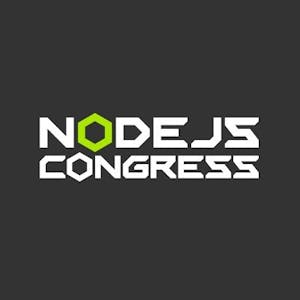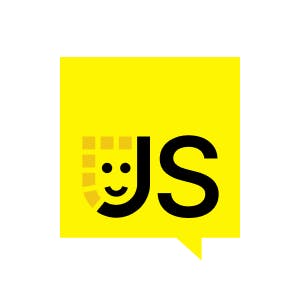Introduction to Web-Based Game Development
Creating games for the web has never been more accessible, thanks to a plethora of tools and frameworks available today. Whether you're interested in building 2D or 3D games, there are numerous options to explore, each offering unique features and capabilities. The challenge often lies in choosing the right tools to fit your specific needs, given the vast array of possibilities.
Understanding the differences between these tools and how they can be combined is crucial for any developer looking to create engaging web-based games. This guide will explore the landscape of game development technologies, from full-fledged game engines to modular frameworks and libraries.
3D Game Development with Three.js and Beyond
Three.js stands out as a powerful abstraction layer for WebGL, providing essential components like 3D model loading, scene graph management, and object loading. It's a versatile tool, allowing you to either build a game directly or use it as a foundation for your own engine.
For those interested in VR, A-Frame offers a framework that uses HTML-like markup to create 3D worlds, built on top of Three.js. Many game engines are either built using or extend Three.js, making it a crucial building block for creating your own 3D titles.
Other JavaScript libraries also play a significant role in game development. For physics simulations, options like Ammo.js, a port of Bullet 3D physics, provide robust 3D simulation capabilities. Although less familiar, libraries like OIMO also exist for similar purposes.
2D Game Development Tools and Frameworks
On the 2D side, several libraries cater to game developers. Box2D remains a popular choice for 2D physics, with ports like Box2D.js, Matter.js, and Plank.js offering browser-based solutions.
Rendering is another critical aspect, with PixiJS abstracting away the complexities of WebGL for fast 2D drawing. Libraries like Phaser, Melon, and Cocos2D often build on PixiJS, making it a valuable tool for 2D game development.
For developers wanting to roll their own engine, tools like Tiled and LDTK provide comprehensive level design capabilities, allowing you to visually compose worlds without starting from scratch.
Choosing the Right Game Engine
When starting with game development, the choice of engine can be daunting due to the vast options available. Unity, with its extensive community and platform support, remains a popular choice, especially for those not focusing solely on the web.
Godot offers a fully open-source alternative with strong 2D support and growing 3D capabilities. It's an excellent choice for those aligned with open-source values or on a tight budget.
For web-first developers, PlayCanvas and Babylon.js stand out. PlayCanvas offers a full 3D world editor directly in the browser, while Babylon.js provides a more code-centric, open-source approach.
Frameworks for Custom Engine Development
Developers looking for more flexibility might consider building their own engine using frameworks. PhaserJS and MelonJS offer robust options for 2D game development, providing essential features like sprite management and sound handling.
Three.js again emerges as a leading choice for those interested in 3D, offering extensive functionality for rendering and object management. Combining these with other libraries can create a custom engine tailored to specific needs.
Audio and Additional Considerations
Audio is a crucial component of any game, and libraries like Howler.js and Sound.js can simplify integration. Both are built on web audio technologies, providing seamless audio support across browsers.
Other considerations include the primary platform for your game. If web performance is critical, native development might offer better results than web technologies wrapped in solutions like Electron.
Final Thoughts on Game Development Options
The landscape of game development is rich with options, from full engines like Unity and Godot to modular frameworks like Three.js and Phaser. The key is to assess your needs, considering factors like platform targets, budget, and development philosophy.
Whether you choose a comprehensive engine or a combination of libraries, the tools available today make it possible to create engaging and dynamic games for the web. Understanding these options and how they fit together will empower you to make informed decisions and successfully bring your game ideas to life.



















Comments